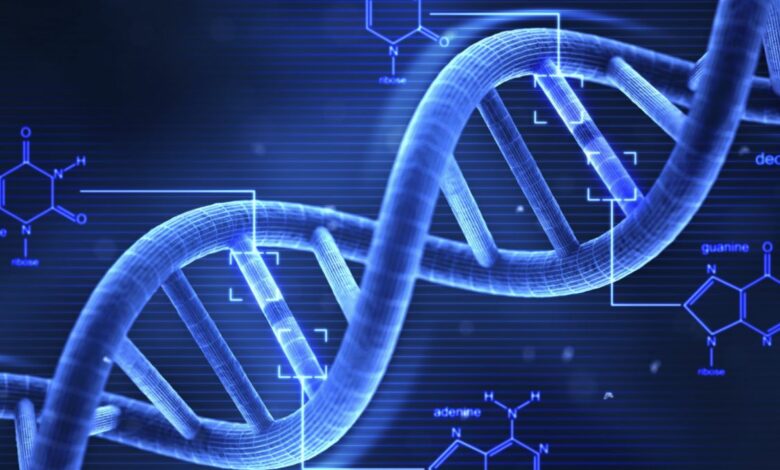AI and DNA predict mental health problems years after trauma

The Center for Biomarker Research and Precision Medicine at Virginia Commonwealth University announced a new study published in Molecular Psychiatry that demonstrates how the combination of artificial intelligence (AI) and genomics can produce DNA biomarkers that predict mental health issues nearly 17 years after the exposure to childhood trauma.
Childhood trauma was assessed from events that meet DSM post-traumatic stress disorder criteria in the Child and Adolescent Psychiatric Assessment (CAPA) and the Young Adult Psychiatric Assessment (YAPA) from hundreds of children aged 9–13 who participated in the 30-year study initiated by Duke University and the North Carolina Department of Health and Human Services called the Great Smoky Mountain Study (GSMS). Blood spot samples and clinical data were collected at each wave.
Over 970 blood spots samples were used from over 480 participants who provide more than 670 samples before reaching the age of 21 years old, along with a subset of over 300 participants who provided a sample in adulthood.
“We predict from the DNA methylation the adult outcome,” said the study lead author Edwin van den Oord, PhD, a Dutch psychiatric geneticist, Professor, and Director at the Center for Biomarker Research and Precision Medicine at Virginia Commonwealth University. “We found a broad array of outcomes like adult depression, anxiety, alcohol abuse, nicotine addiction, poverty, social problems, and medical problems.”
Neuropsychiatric diseases and cancer have been linked to changes in DNA methylation. In the human genome there are 28 million sites where methylation can occur according to van den Oord.
“We know where all the SNPs (single nucleotide polymorphisms) are,” van den Oord said. “We take the human-reference genome from the Human Genome project and look for CG sites, and then we inpute all the SNPs.”
Genetics is the branch of biology that studies the genes, genetic variation, and heredity in living organisms. DNA, deoxyribonucleic acid, is the hereditary material in humans and most organisms where the information is stored as a code consisting of four chemical bases: adenine (A), guanine (G), cytosine (C), and thymine (T).
DNA can be modified by environmental factors, an epigenetic change, which can alter gene expression. DNA methylation, the process of adding methyl groups to DNA bases, is an epigenetic modification. Given that methylation frequently happens at CpG sites, or CG sites, the researchers determined the areas in the human genome where these sites exist. Specifically, they identified regions of the DNA where a cytosine nucleotide is followed by a guanine nucleotide.
To determine all of the possible sites that can be methylated in a majority of people, they researchers started by identifying CpG sites in the human-reference genome from the Human Genome project.
“We fragment the DNA and turn it into little pieces like 100 base pairs, and then sequence it,” said van den Oord. “And now we know the sequence of all these little fragments. And then we need to align it to the reference genome. If something aligns to a location that has a CpG, then we calculate for that site how much methylation is occurring.”
The scientists calculated methylation risk scores using artificial intelligence (AI) machine learning. In AI, Elastic Net linear regression is a method that combines Lasso (Least Absolute Shrinkage and Selection Operator) and Ridge regression methods.
The predictive ability of the methylation risk scores generated by the AI algorithm was “higher than that of reported trauma and could not be explained by the reported trauma, correlations with demographic variables, or a continuity of the predicted health problems from childhood to adulthood.”
According to researchers, the methylation risk scores predicted a wide range of adverse outcomes and has the potential to server as a clinical biomarker to evaluate health risks from trauma exposure.




